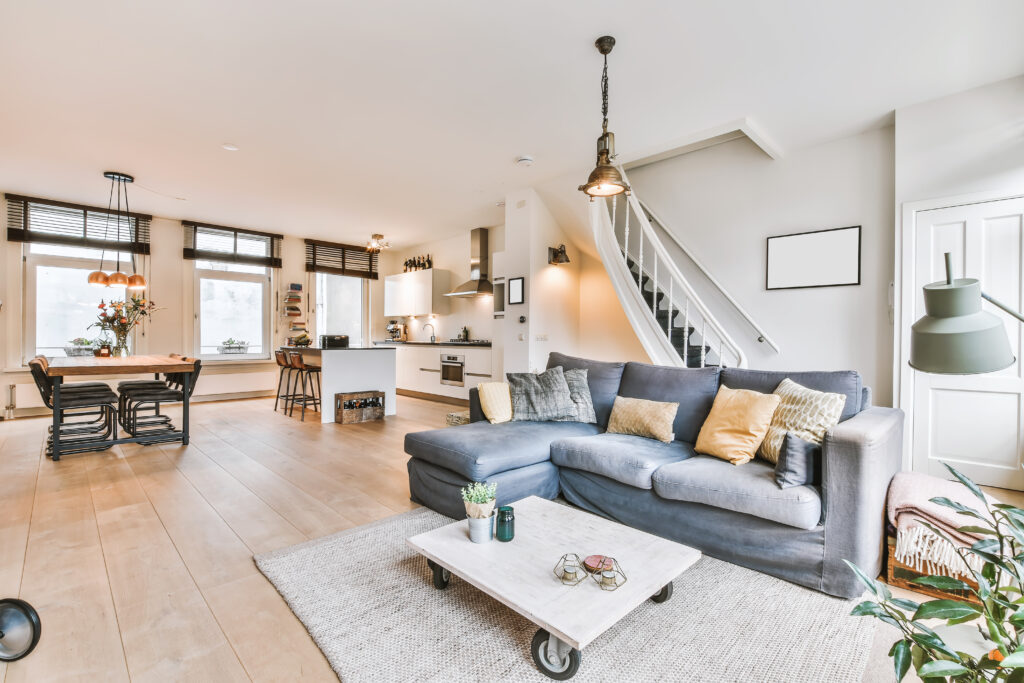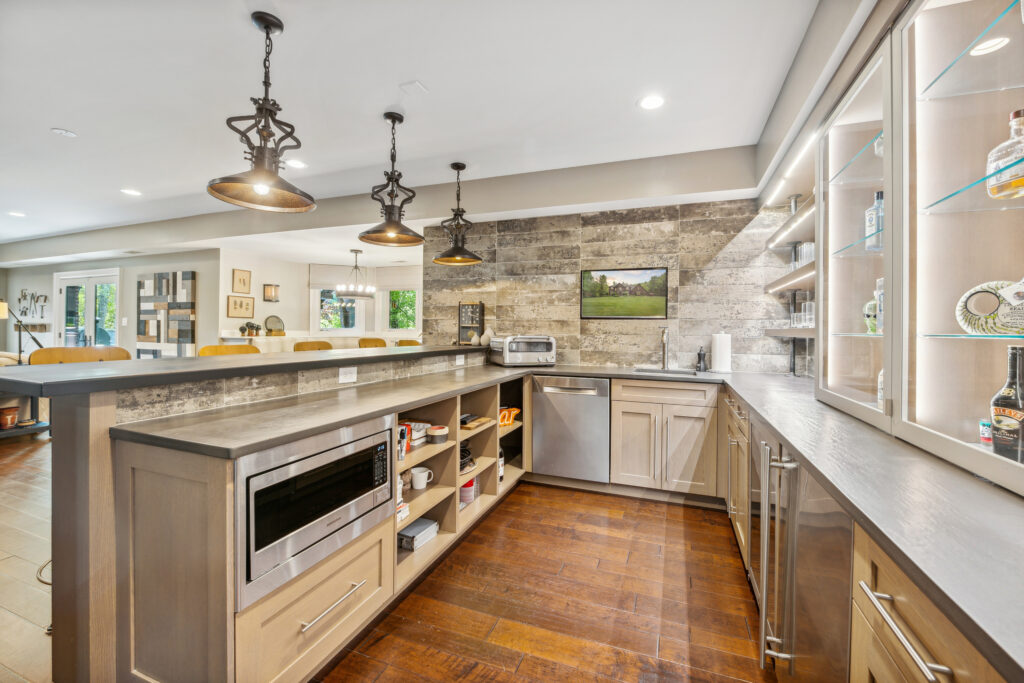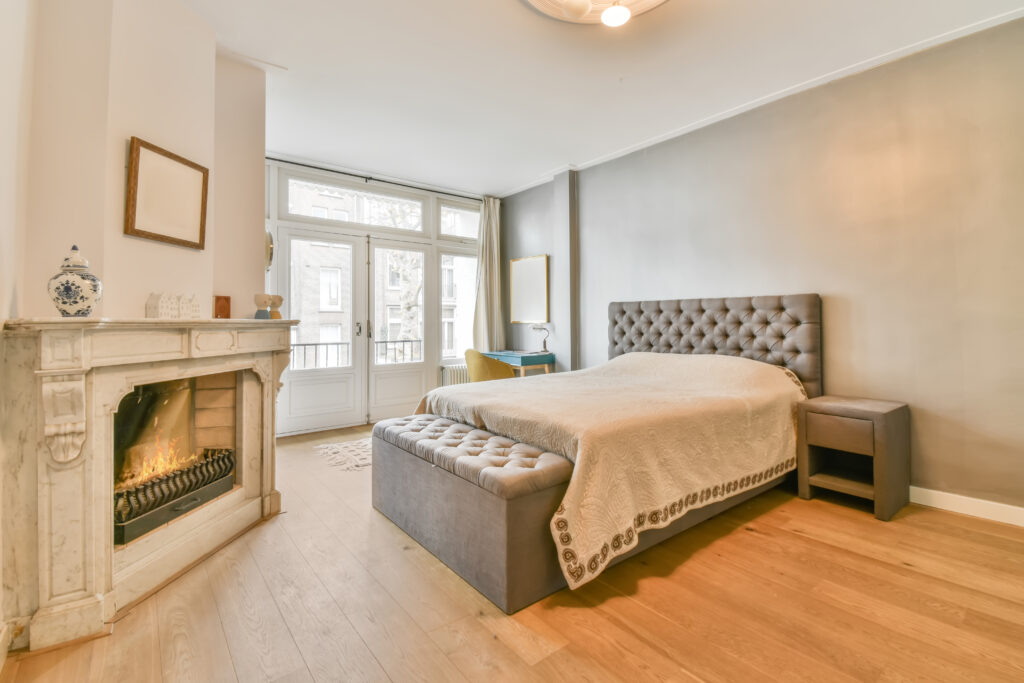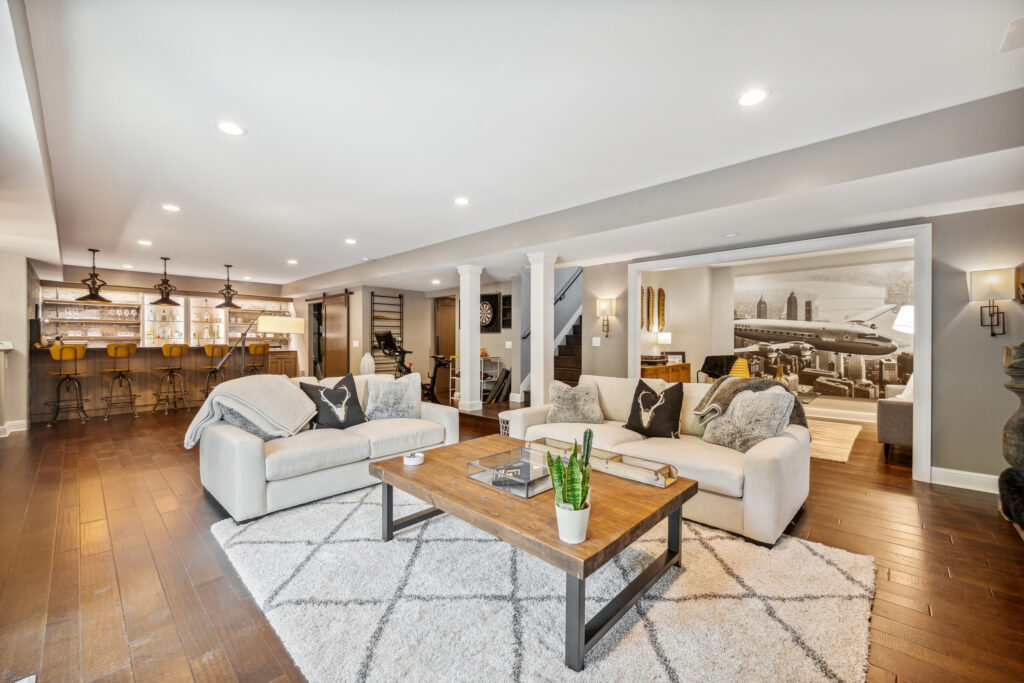Brighter Together: Blending Natural and Artificial Light for the Ideal Shot
In the world of photography, lighting is everything. And while natural light is often praised for its soft, flattering effect, artificial light can be just as essential in creating the perfect shot.
Whether you’re shooting indoors or outdoors, mastering the balance between ambient and artificial light can take your photos to the next level.
In this blog post, we’ll explore the art of blending natural and artificial lights to achieve the ideal shot. With a few tips and tricks, you’ll be able to create stunning images that are brighter and more dynamic than ever before.
Understanding Ambient and Artificial Light: Basics and Differences

Understanding ambient and artificial light is fundamental to creating stunning photographs.
Ambient light refers to the existing light in a scene, whether it’s natural sunlight or indoor lighting. It sets the overall mood and provides a foundation for your shot. On the other hand, artificial light is any light that you add to the scene, such as flashlights, strobes, or LED panels. It allows you to have more control over the lighting and create a specific effect.
One of the main differences between ambient and artificial light is their source. Ambient light comes from the environment and can vary in intensity and direction. Artificial light, on the other hand, is controlled by the photographer and can be manipulated to achieve the desired look.
Understanding how ambient and artificial light interact is crucial for achieving harmony in your photos. By blending the two effectively, you can create depth, dimension, and balance in your images. In the following sections, we’ll delve deeper into the techniques and practical tips for achieving this perfect balance and taking your photography to new heights.
Achieving Harmony: Techniques to Blend Ambient and Artificial Light

Finding the perfect balance between ambient and artificial light is an art form that can take your photography to new heights.
To achieve harmony between the two, you need to understand how they interact and work together. One technique to blend ambient and artificial light is to use a technique called fill lighting. This involves using artificial light to fill in any shadows or dark areas created by the ambient light. By strategically placing a light source, you can bring out the details and create a more balanced and dynamic image.
Another technique is to bounce or diffuse the artificial light to create a softer and more natural look. This can be done by using reflective surfaces or diffusers to soften and spread the light. By experimenting with different techniques, you can find the perfect harmony between ambient and artificial light, resulting in stunning and visually captivating photographs.
Creating Your Perfect Shot: Practical Tips for Balancing Lights

When it comes to balancing ambient and artificial light, there are some practical tips that can help you achieve the perfect shot.
One tip is to start by understanding the qualities of each light source. Pay attention to the color temperature of both the ambient and artificial light, as well as the direction and intensity. This will allow you to better gauge how they will interact and how you can manipulate them for the desired effect.
Another practical tip is to experiment with different light sources and their placements. Move your artificial light around the scene and see how it affects the overall balance and mood of the shot. You can try positioning the light at different angles, distances, and heights to achieve different results.
Additionally, don’t be afraid to use light modifiers such as diffusers or reflectors to control and shape the light. Diffusers can soften the harshness of artificial light, while reflectors can bounce and redirect ambient light to fill in shadows or add highlights.
Remember, achieving the perfect balance between ambient and artificial light requires practice and experimentation. So don’t be afraid to try new techniques and be patient with yourself as you learn. With time and experience, you’ll be able to create stunning images that are perfectly balanced and visually captivating.
Mastering Light Placement: Positioning Tips for Optimal Results

Mastering the placement of light is key to achieving optimal results in your photographs.
By strategically positioning your light sources, you can create stunning and visually captivating images. One tip is to experiment with the angle and direction of your light. Try moving it around the scene and observe how it affects the shadows, highlights, and overall mood of the shot. You can achieve different results by placing the light at various angles, distances, and heights.
Additionally, consider the placement of your subject in relation to the light source. Experiment with different positions to create interesting shadows and highlights that enhance the composition. Remember, mastering light placement requires practice and experimentation. Keep exploring and pushing your boundaries to discover new ways to enhance your photos with the perfect positioning of light.
With time and experience, you’ll be able to achieve the optimal results you desire.
Ready to sell your property? Give us a call today and learn more about our professional photography services and marketing that can boost your property listing!
Plus, explore our virtual assistant coaching program to level up your business. Don’t forget to tune into our new podcast for even more valuable insights!
